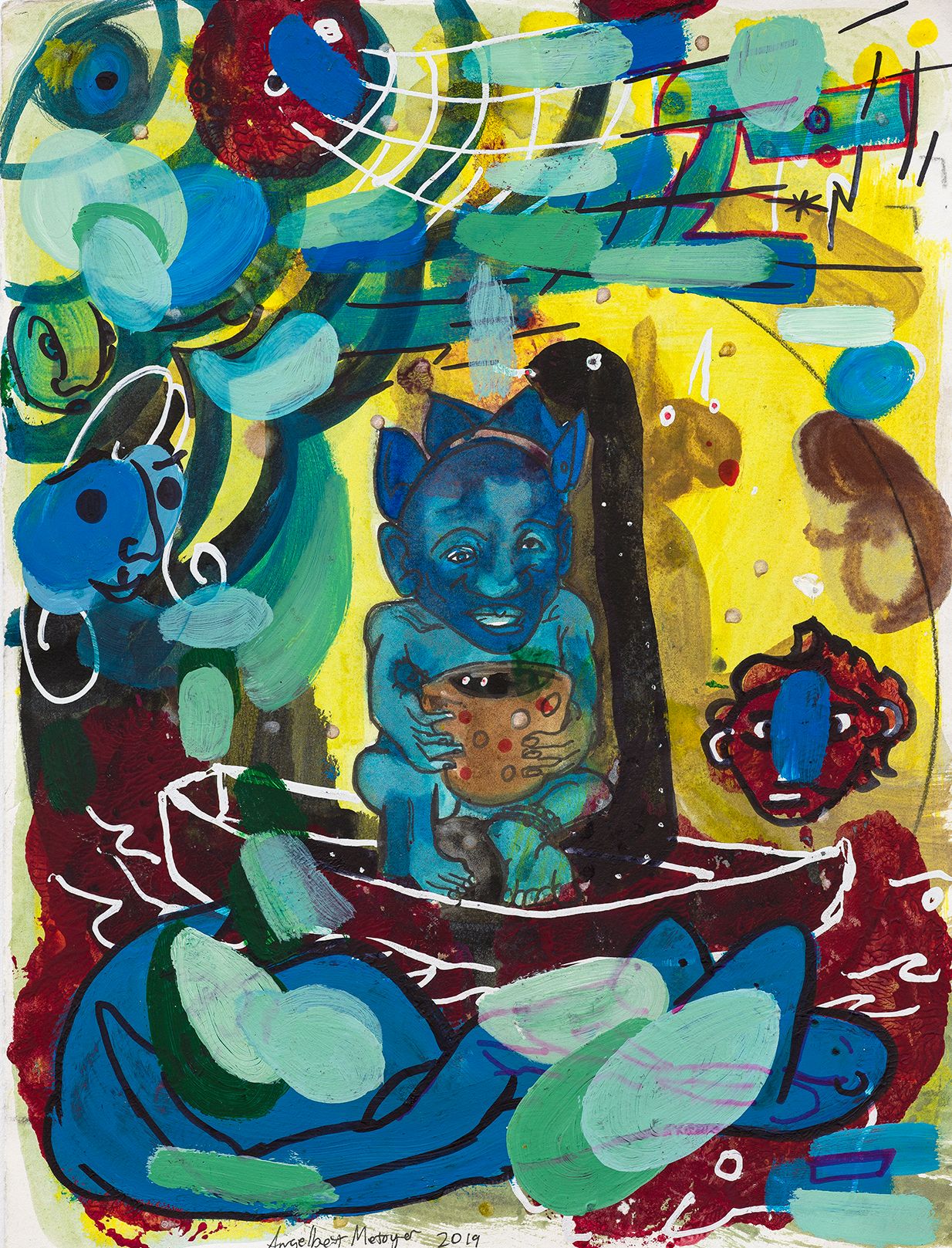
The stunning Lake Constance in Switzerland is situated where three European countries meet, so it’s a fitting destination to bring together an impressive cabal of artists from across the globe. The group show Didactic Poetry currently exhibiting at the Gallery Kirchgasse on the shores of the giant lake provides just such a meeting point for the imagination, bringing together paper works by celebrated international artists such as Virginia Ariu, Jean-Luc Blanc, Andrea Celeste La Forgia & Max Fletcher, Birgit Megerle, Angelbert Metoyer, and more. The brainchild of an impressive triumvirate of creative collaboration, the exhibition was conceived, curated, and organised by the gallery owner and educator Anne Gruber with curator and educator Stephan Steiner and the artist, curator and theoretician Philipp Schwalb, who here shares his thoughts on some of the artists in the show, which seeks to investigate artistic motivations via the ancient genre of didactic poetry (German: Lehrgedicht), which is attributed with a high degree of metapoetic self-reflection. As such, the exhibition considers the question as to what extent the works provide insights into the artists’ poetic intentions, and those of the works themselves – perhaps touching on overlaps in the collective creative consciousness. Here, the acclaimed academic reflects on five of the artists in the show, and provides a unique insight into their practices.
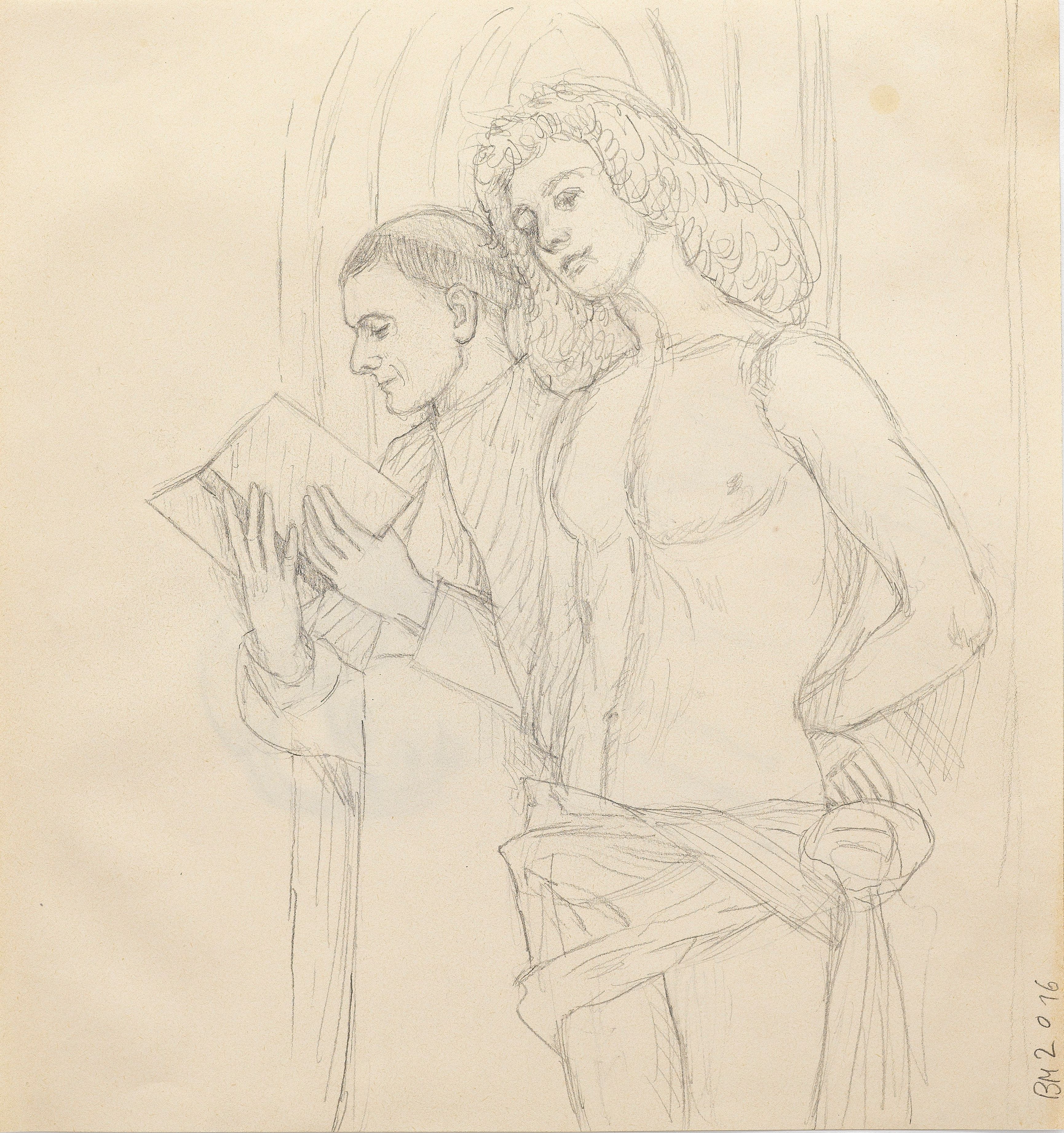
Birgit Megerle
Birgit Megerle is a Berlin-based artist whose very reflective and sensitive painting practice has become an essential part of an international and critical discourse of painting. In her work she discusses, on one side, the conditions and practice of painting as a medium, and, on the other side, sociological dynamics, contextual references and autobiographical experiences. Her delicately realised pencil drawings enrich the exhibition in a very precise and subtle way. Sketching is an integral part of her working process, and for the exhibition she chose to explore moments of sketching as a didactic practice – for example, sketching after classical sculptures as a reference to art education, giving students sketching-tasks as an art professor, or going in the museum or the public space to make a sketch to learn from, in order to form thoughts and motive-related decisions.
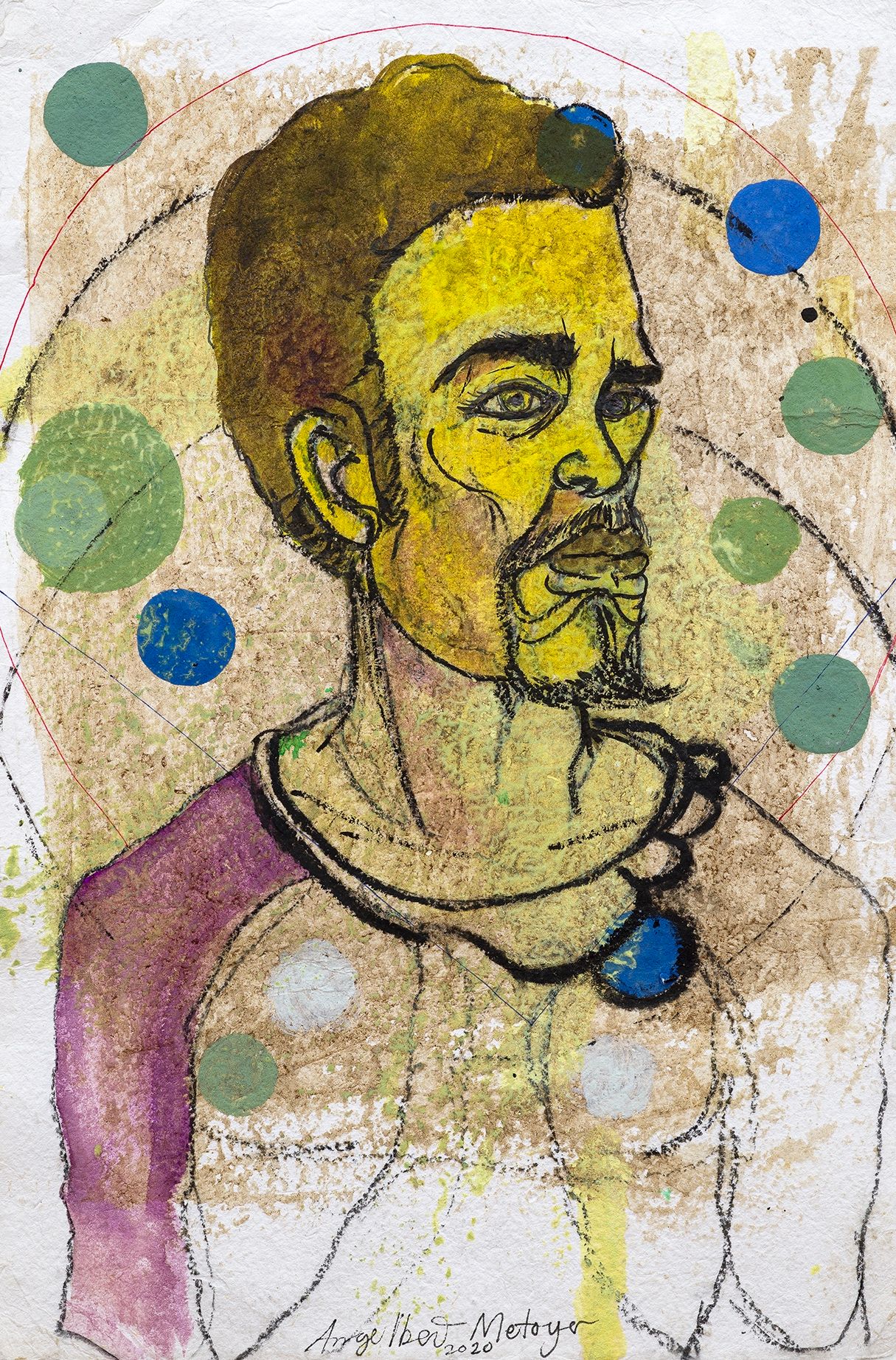
Angelbert Metoyer
The American artist Angelbert Metoyer appears for the first time in the context of Gallery Kirchgasse, which is internationally recognised for its challenging selection of artists, as well as for its very specific setting – which provides a sensitive atmosphere at the intersection of reflectional, relational and poetical questions. The four images he has in the show bring questions of ancestry and ancestors to the table. The narration which unfolds between them is not a simple family tree, however, but rather a very poetic coming together of portraits from different times, worlds and levels of imagination – blending a self-portrait from the ancient past, a mythological figure, and a portrait of a grandfather coming from the distant future. These narratives are constantly shifting as they experimentally explore personal, historical, philosophical and fictional histories. Metoyer ́s love for poetry and his dream of living in a poetic reality is here combined with an educational precision, openness and richness that brilliantly communicates the complexity of black American history, as well as afro-futurism.

Andrea Celeste La Forgia
Andrea Celeste La Forgia is a London-based Italian artist whose work draws on family experience and history as its starting point, often in dialogue with local history and archival research. Essentially, La Forgia explores the condition of the contemporary working class, combining elements of theatrical performance, sculpture, painting and spoken word to platform social democracy’s failure to deliver on the promises of a better life that sprang from Modernism, such as upward mobility, equality and social happiness. La Forgia received her BA from Camberwell College of Arts, London and subsequently received an MA from Piet Zwart Institute, Rotterdam. Her recent exhibitions and performances include the celebrated This Art Here Is About Other People’s Art at Hopscotch Reading Room, Berlin, and I Must Be Living Twice at the Palazzo Massimo, Venice. Her work exposes the class divides in society, and, working in collaboration with her studio partner and friend Max Fletcher, she brings a powerful political resonance to the show.
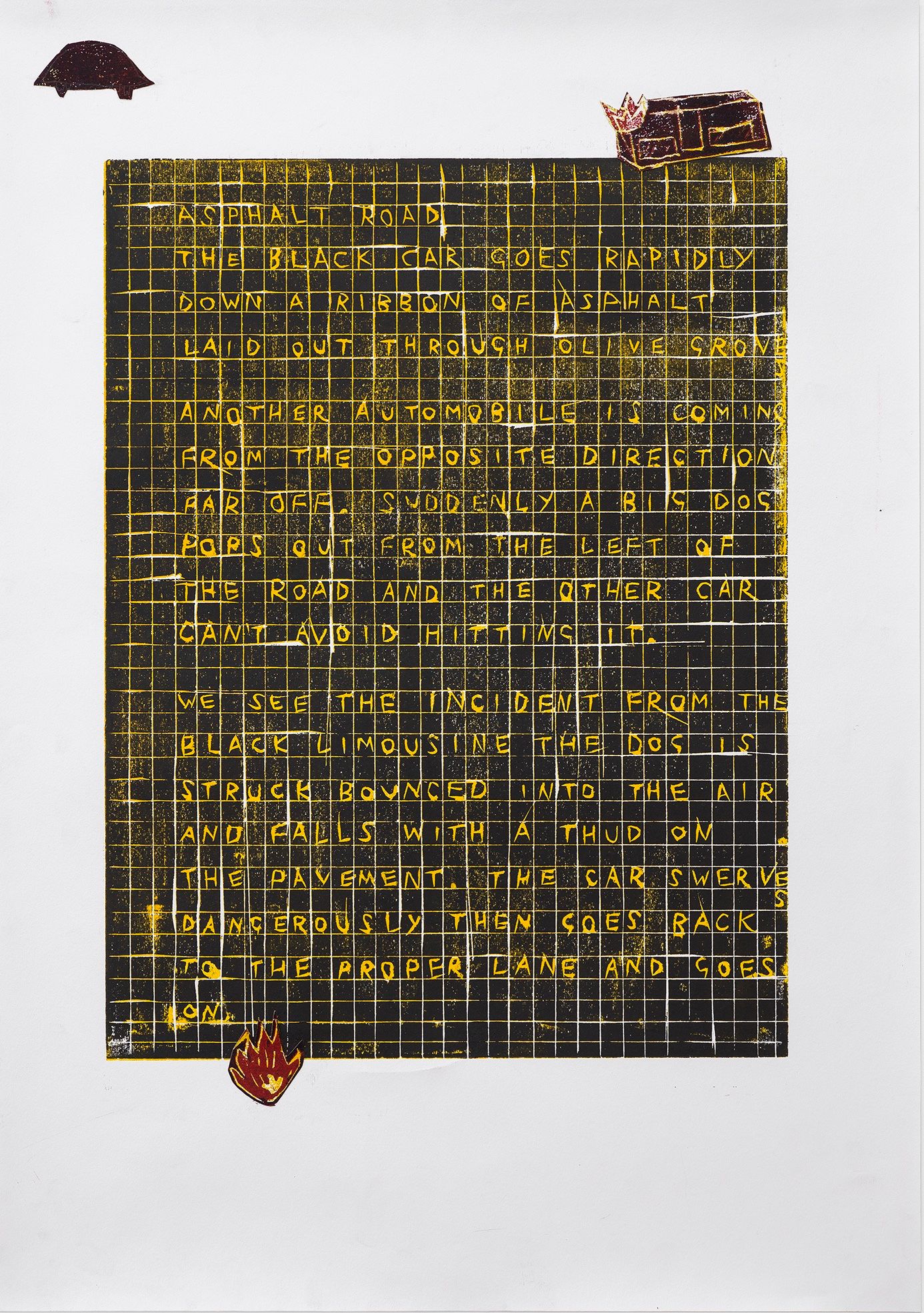
Max Fletcher
Max Fletcher is a London-based artist who graduated from Central Saint Martins, and whose work is rooted in the space between literary form and political representation. In his practice, social history and archival documents provide source material from which we are invited to analyse the past to make sense of the present. As such, the formal idiosyncrasies of untranslated texts, children’s stories, forgotten plays and footnotes all provide the foundation of his recent work. He shares a studio in London with Andrea Celeste La Forgia and the two artists collaborate frequently. They share a manifold field of interests, ranging from working-class struggles, to the history of film, poetry, sociology and political activism. Employing the classical technique of woodcut in the show, together they reference the process of carving into something, the history of designing self-made pamphlets, and the art-genre of expressionism, which often refers to alternative ways of living and changing society.
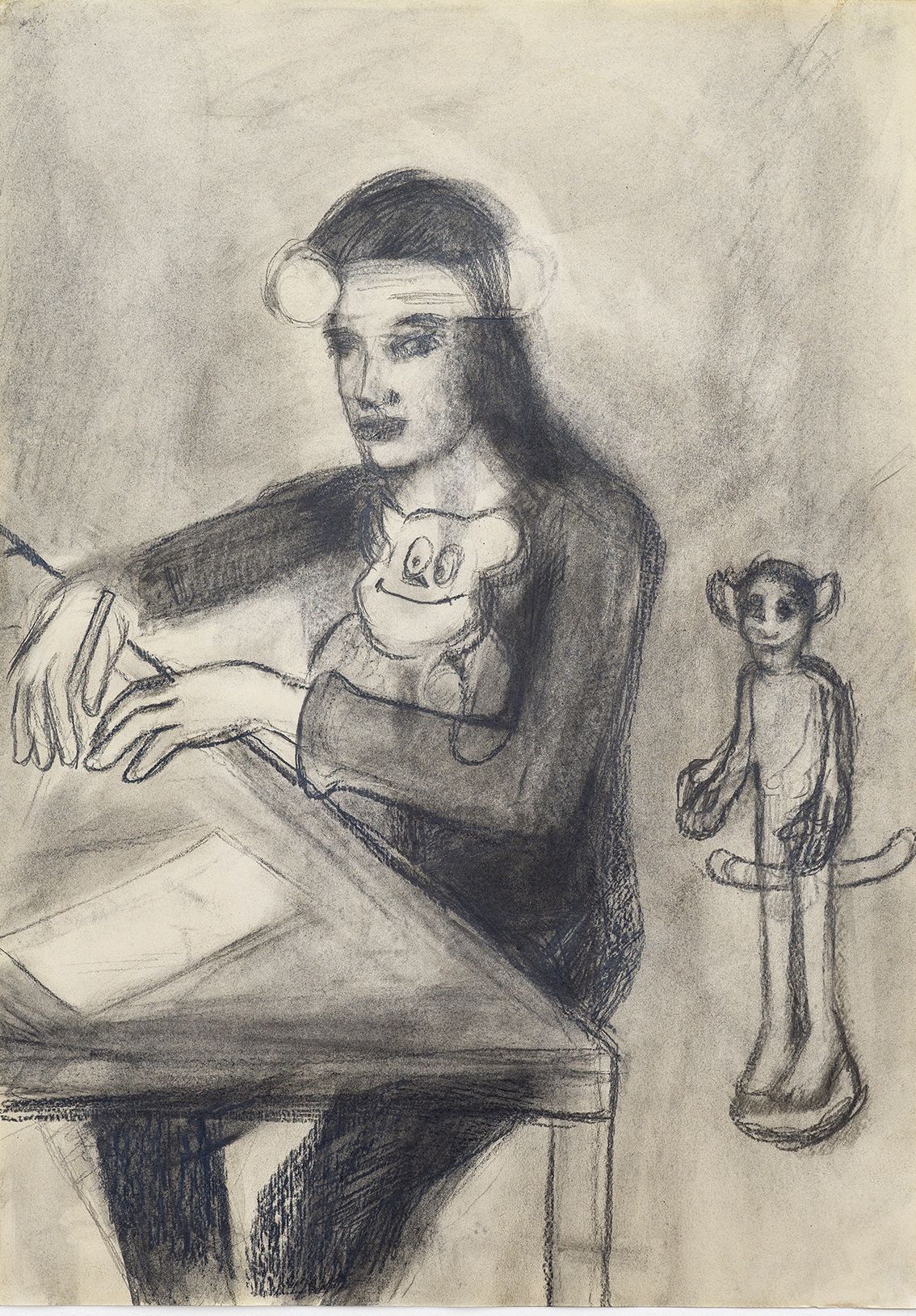
Jean-Luc Blanc
Jean-Luc Blanc is a Paris-based French artist, whose work encompasses both painting and drawing, but also teaching. An important mentor and teacher for a young generation of French artists. he also edits the art fanzine Turpentine together with Duchamp Prize Winner Mimosa Echard, a former student of his. The title of the magazine refers to Jean-Luc Blanc’s drawing practice, which is characterised by the spilling of turpentine over a finished drawing, resulting in the appearance of parts of the original drawing on the backside of the paper sheet. This backside image is then completed as a second drawing based on the outlines of the first one. As such, his drawings have an elusive transparency, an alluring way of finding motives, and an elaborate richness in speaking about the complexity of education .
All images courtesy of the artists and Gallery Kirchgasse.
Find out more here